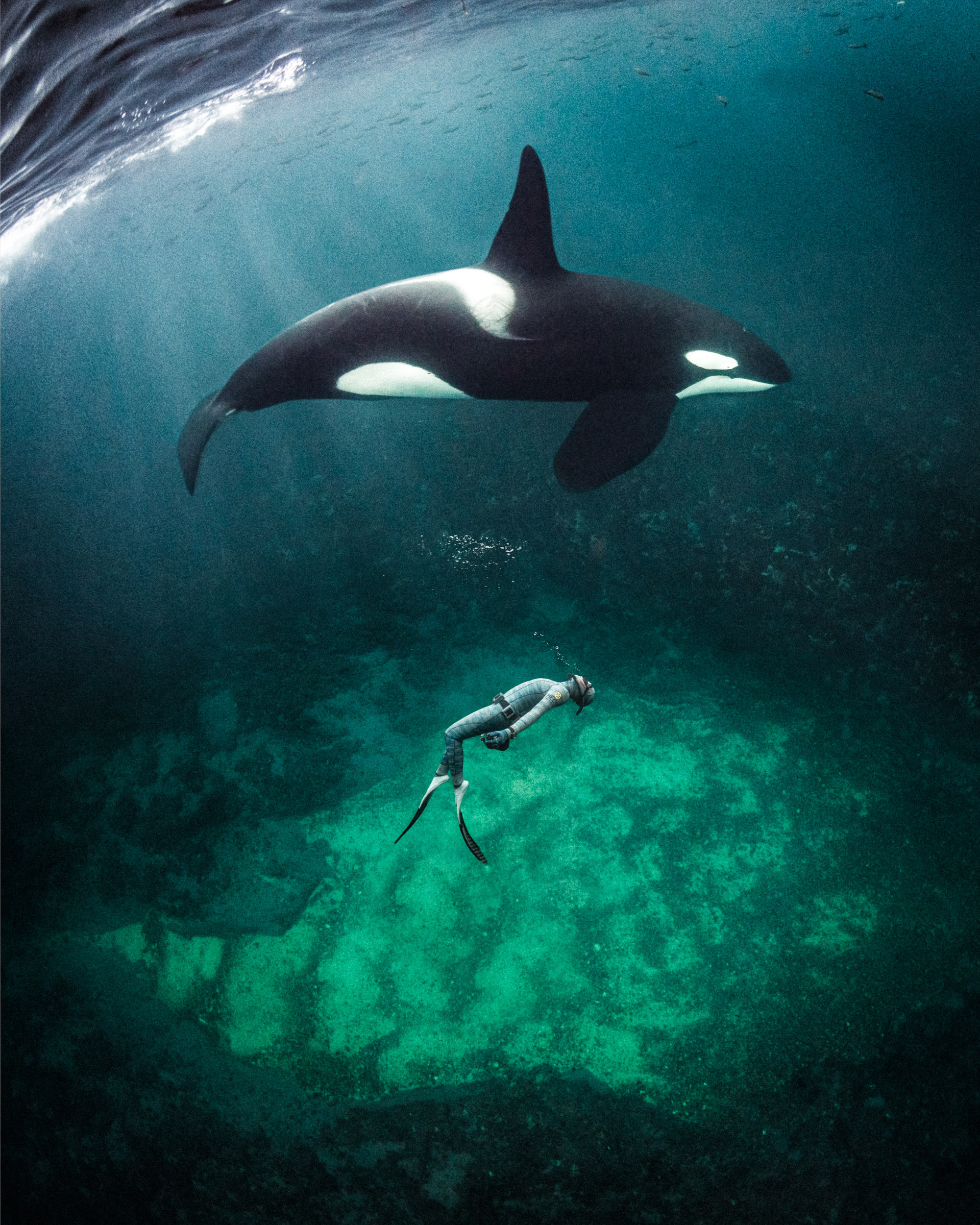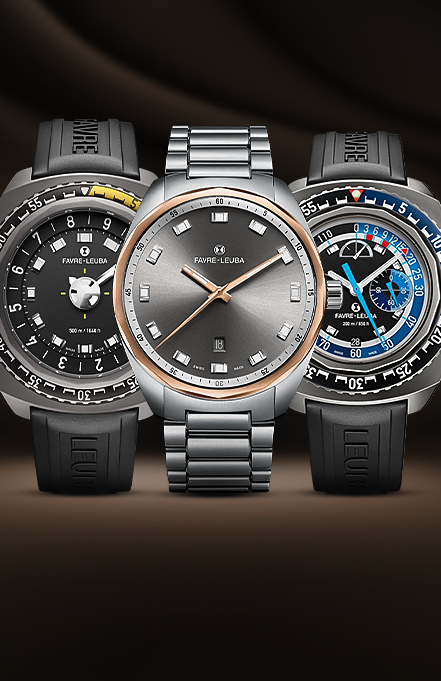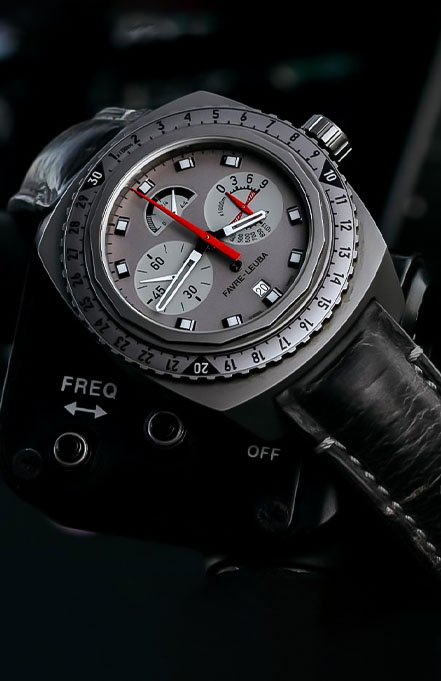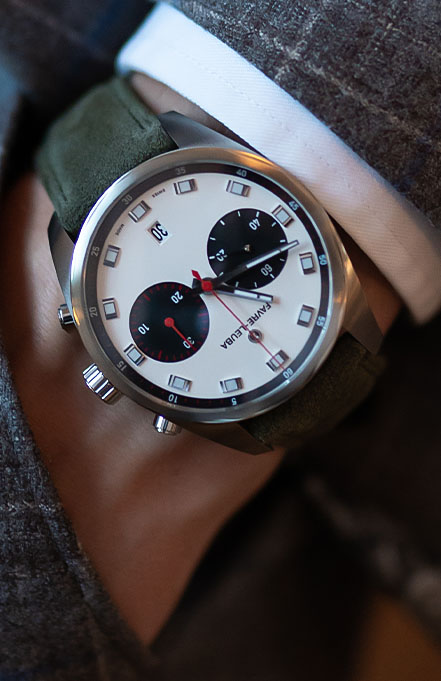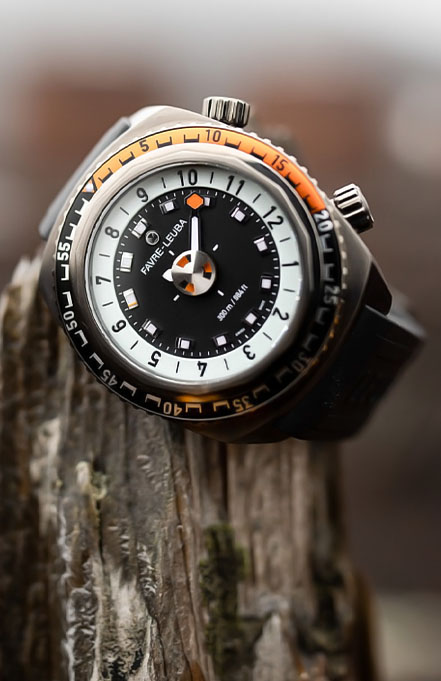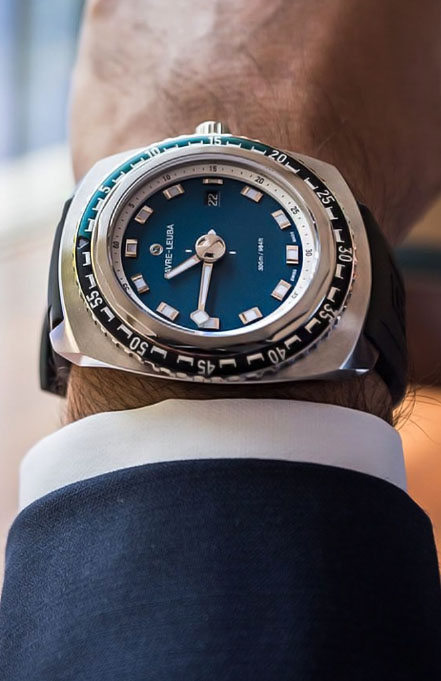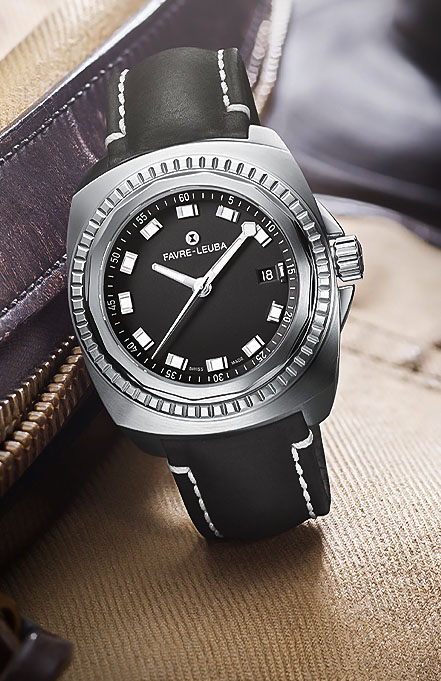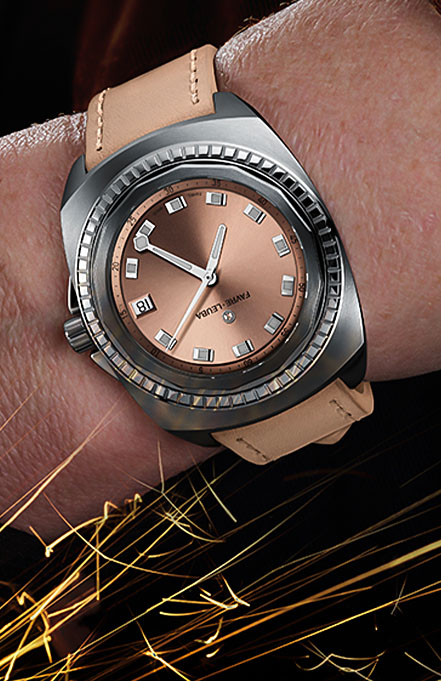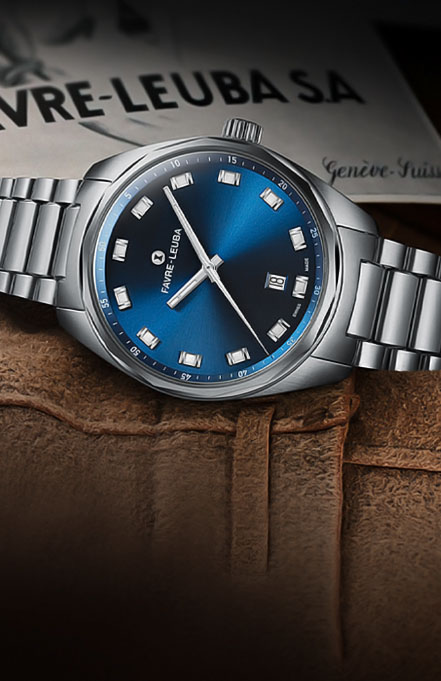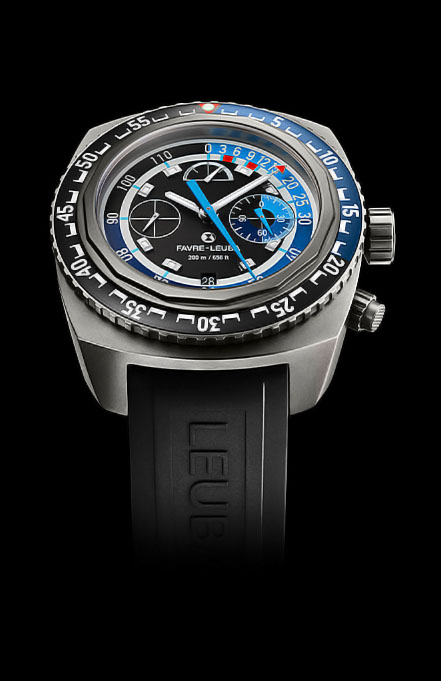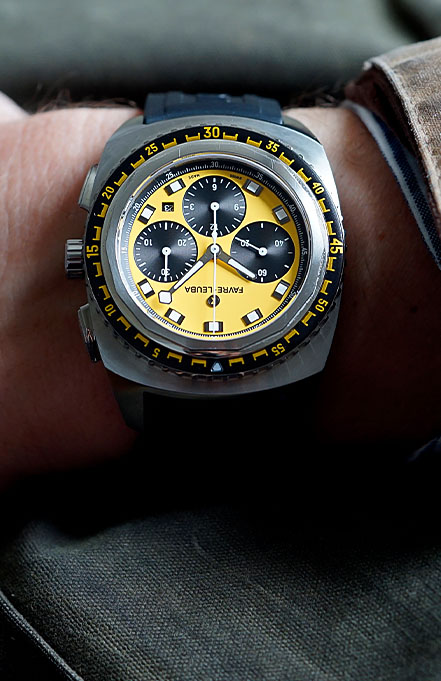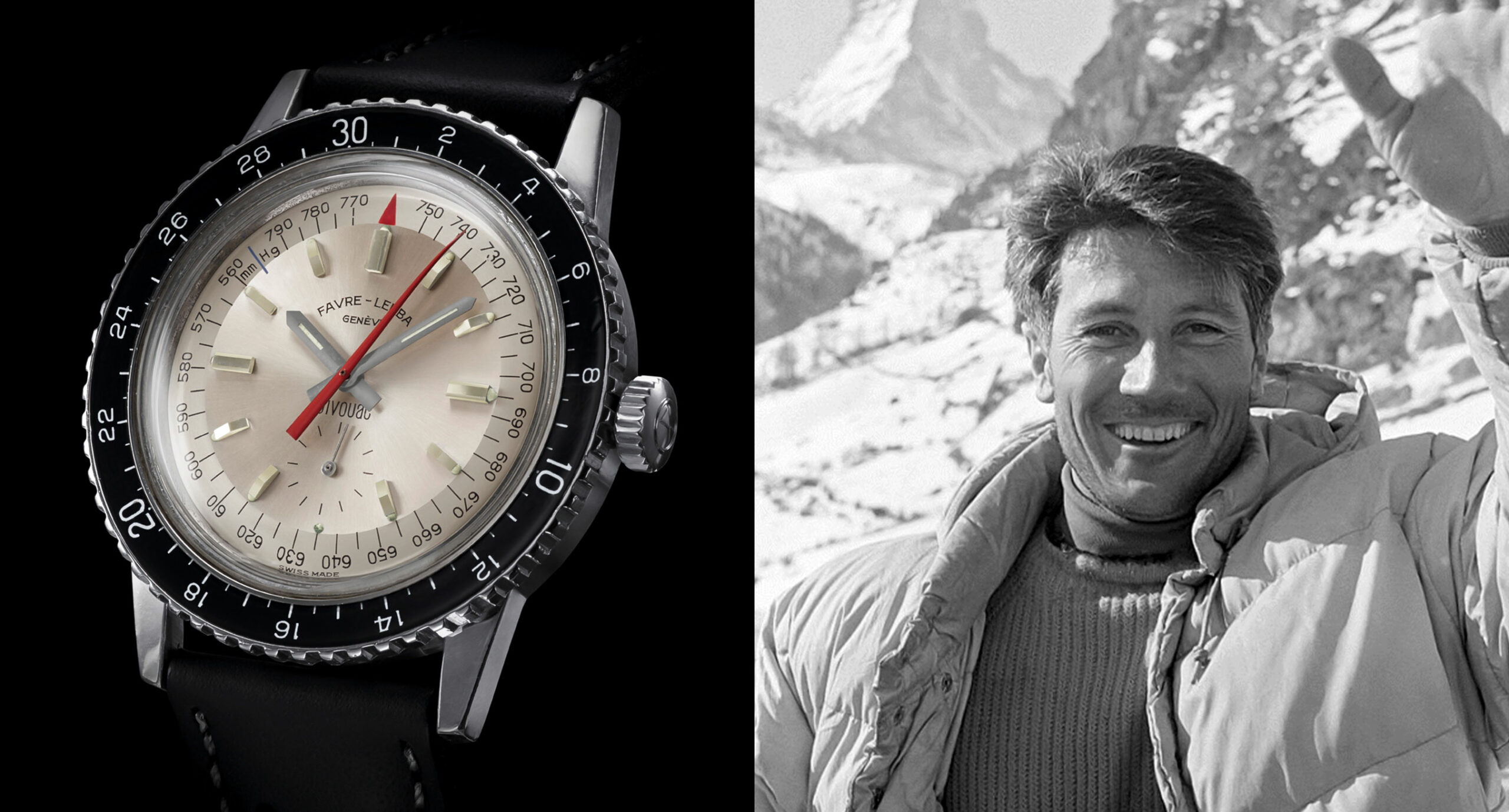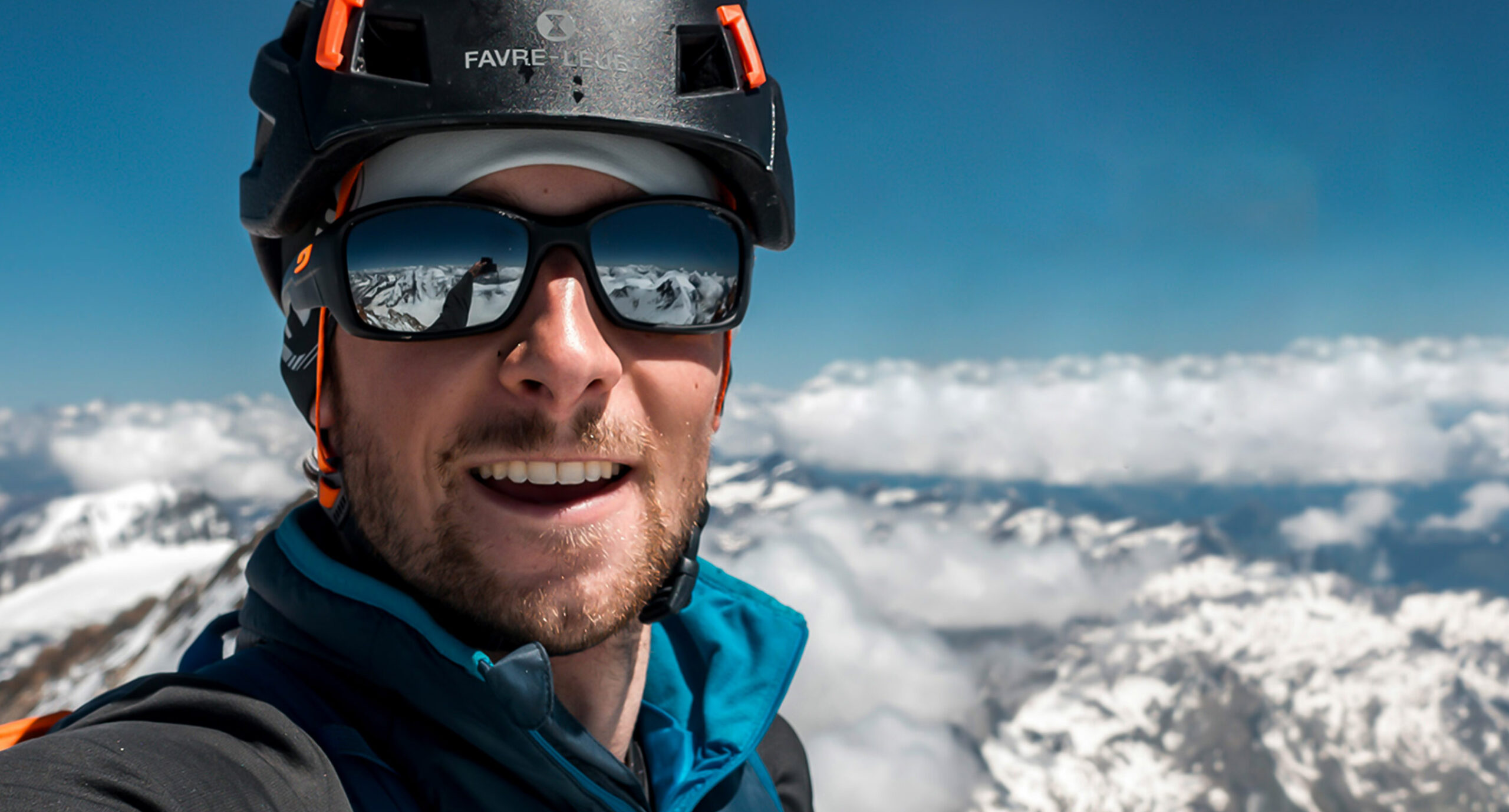Pods of Orca descend on the Norwegian Fjords from the month of November through to January. A period when good weather and bright daylight hours are at a minimum. With this in mind, the planning and strategy behind the team’s next trip began long ago. Their goal was to document a pod of killer whales working together to hunt herring in the fjords of Norway.
Killer whales in Norway capture their prey with a unique collection of hunting techniques. As a pod, they create underwater air bubbles and belly flashes to drive schools of herring towards the surface of the water. Without delay, the fish move upward in a tightly packed rotating ball, likened to that of a carousel motion. Once close to the surface, the whales slap the ball of fish with their tails. This action shocks the fish and allows the killer whales to feast easily on the dazed herring. The level of intelligence and cooperation shown by the whales in this hunting ritual is rarely seen and captured underwater. Improving our knowledge by documenting these events is crucial for the conservation of these impressive creatures and the ecosystem they thrive on.
An objective that required precise timing and equipment that could handle the frigid waters in this region. The Raider Deep Blue diving watch was the team’s companion of choice. Its ability to manage challenging conditions while remaining a master of timekeeping suited the diver’s needs on this trip.
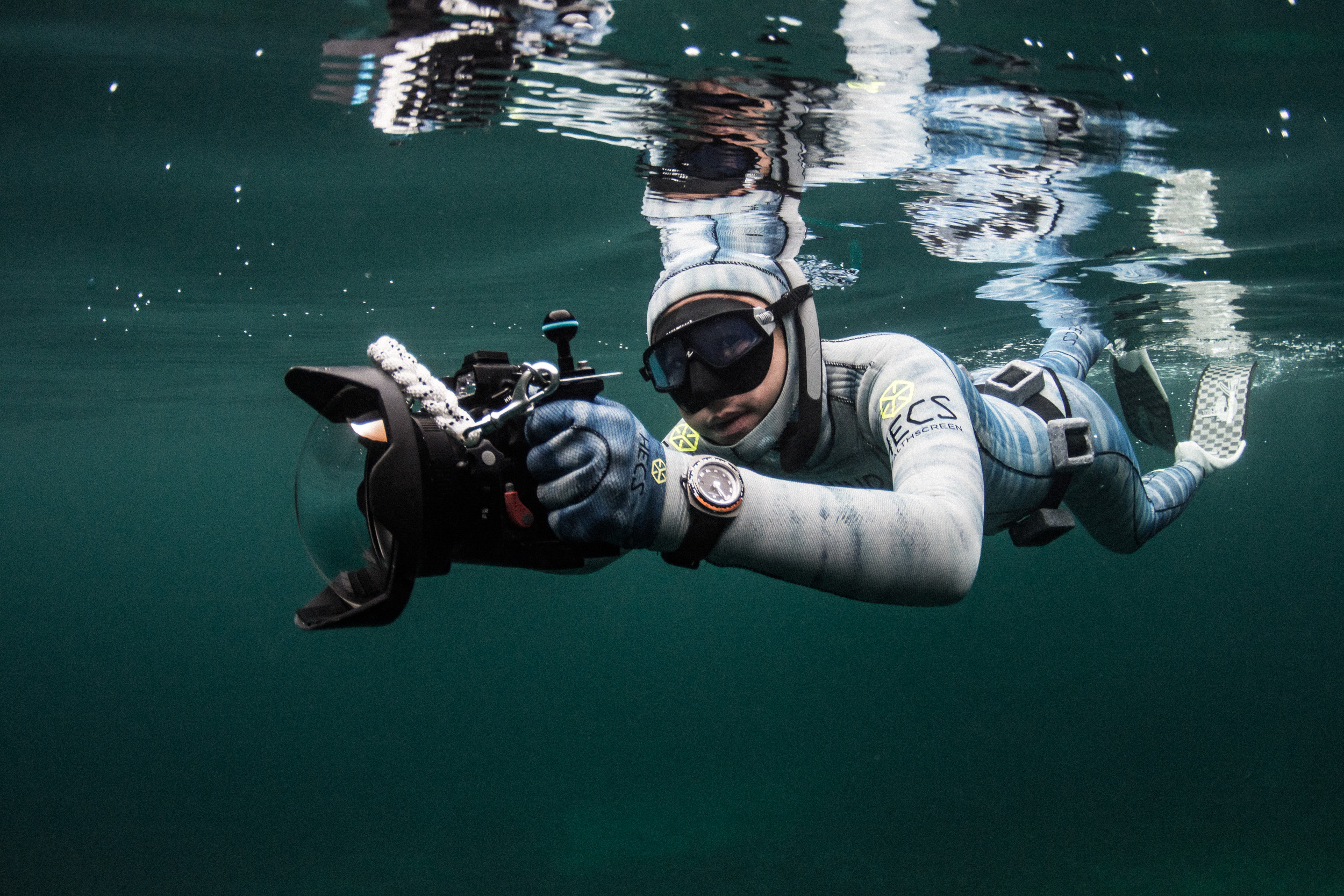
The day arrives and the adventure begins. Before the sun has risen from its slumber, the team gather their gear, boards their unassuming vessel and begins their search for signs of Orca. Hands are cased in gloves with hidden fingers crossed that their patience and timing will pay off. Breathes of warm steam and anticipation fill the air as the dive location is assessed and everyone prepares for the plunge.
Unwavering control of both mind and body. As well as reliable equipment makes this expedition what it is. Leaving the scuba diving tanks on board and opting for a less invasive free diving technique. The team’s aim is to swim alongside the killer whales with little to no interruption of their task to hunt herring. The mask is cleaned, the suit is sealed and the Raider Deep Blue is ready to conquer the frontier it was built to. The arctic waters attack the senses at an alarming rate. Moreover, there is a tightening in the chest, limbs begin to tingle with a relentless prickle and the heart thumps with adrenaline.

Aside from the dive itself, holding the camera steady in this environment will be the first challenge. Second, is the lack of light under the surface in which to capture clear images. And so the team descend from a crisp white Nordic morning, down into the dark of the deep and then even deeper. Days quickly roll on as the team records this unique migratory event. Navigating through a flotilla of sea ice and passing icebergs as they go. The orca journey alongside them, breaching and breaking the chop of the surface water to exhale powerfully. Soon followed by an emitting jet of water that appears almost to freeze in the Baltic air temperature above them.
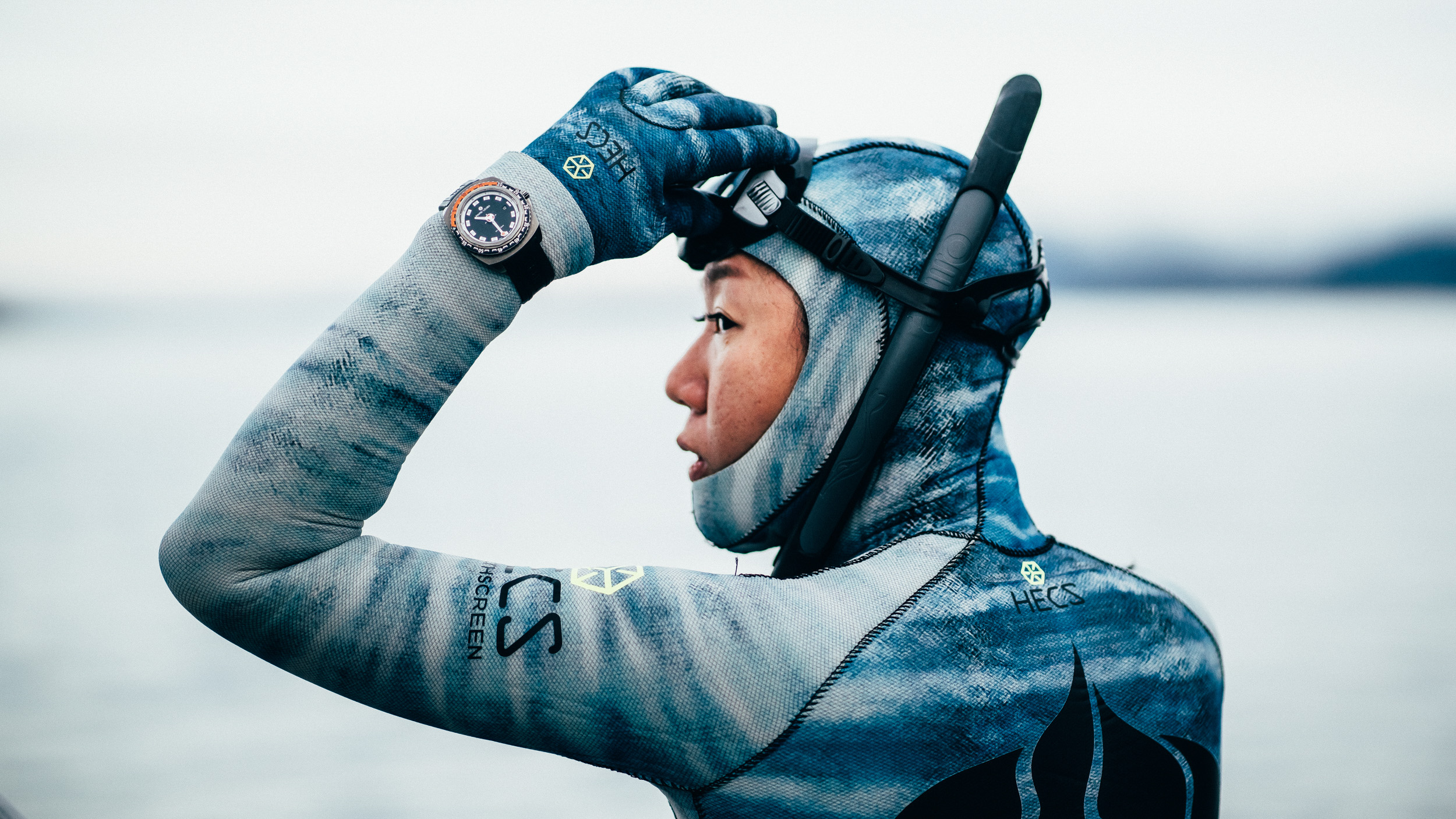
The images taken throughout the expedition capture a pioneering moment in the documentation of these giant marine mammals. The freediver mimics the motion of the whale as she dances weightlessly through the water. Filming each moment to capture every unpredictable turn, roll and dive of these free-thinking monochrome marvels. And, soon it becomes clear that although worlds apart, there is a familiarity between us and them. Their ability to form complex communities and speak to each other in a secret language. A skill based on regional dialects, traits we have developed and utilise daily. They pass down skills and lessons from one generation to the next. This food pilgrimage seemingly teaches the youngest travellers the best catch at the best time.
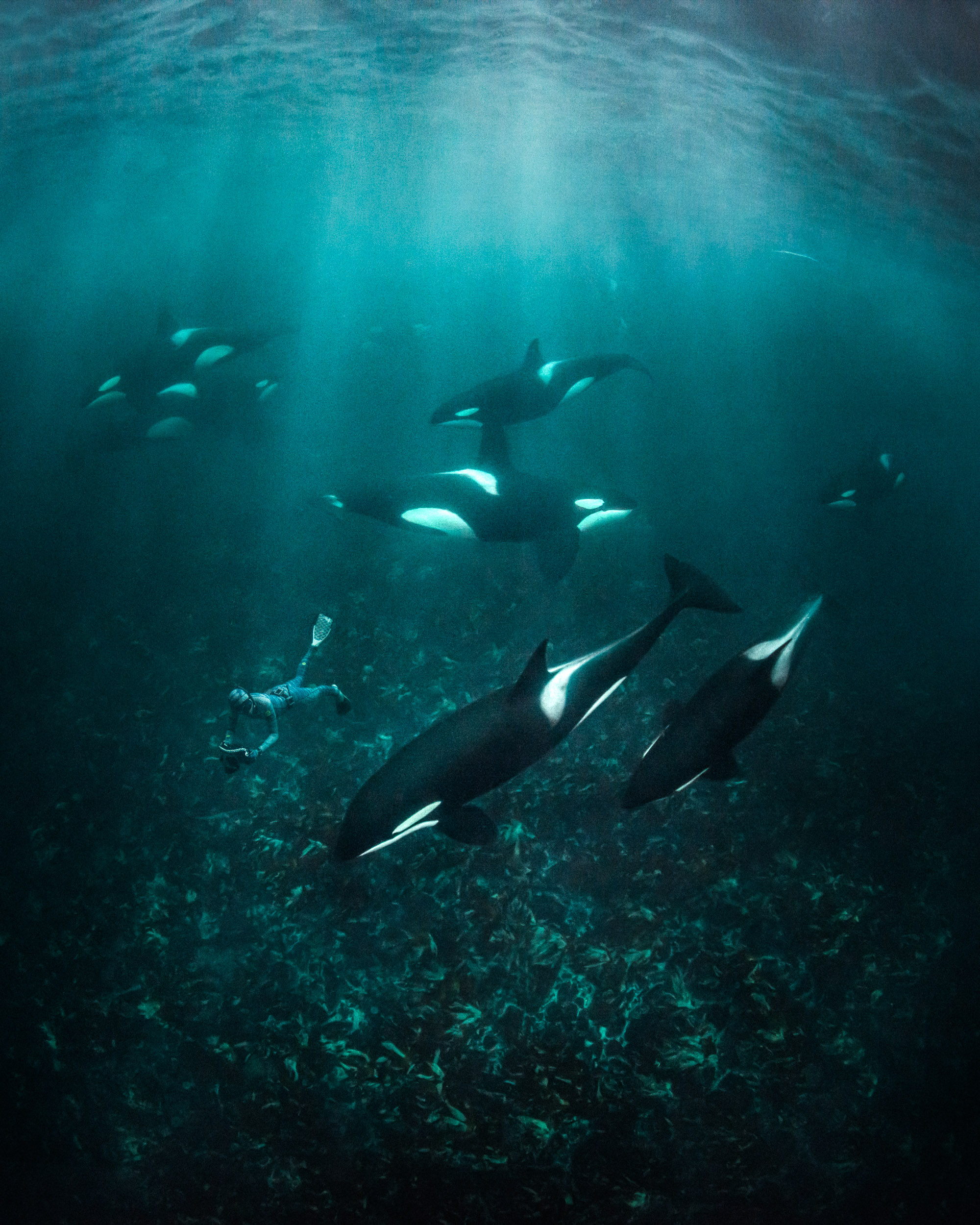
To be so far away from what we know as the norm and yet find a similarity in this foreign cosmos is both humbling and fascinating. And as the team withdraw returning to land, so leaving the orca continue on their migration. Their minds begin to wander on to the next adventure, where it will take them and how it might challenge them further.
